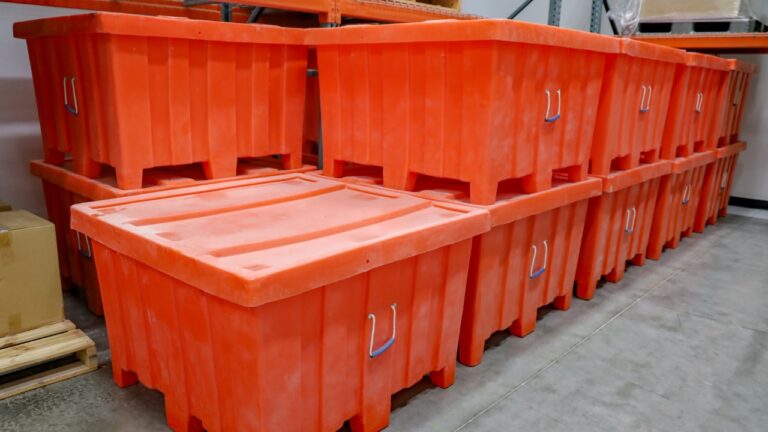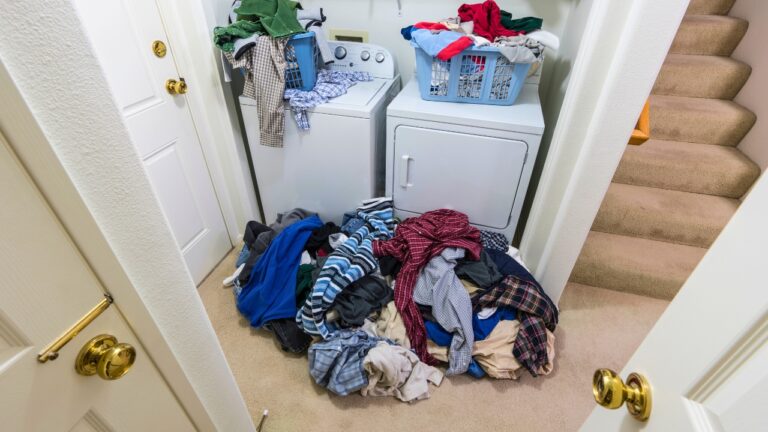What no one warns you about running water to a shop
Running water to a shop sounds like a small project, but it’s one of those things that snowballs the second you start. Between the trenching, pressure issues, drainage, and insulation, you end up learning fast that it’s not as easy as connecting a line and calling it a day.
The good news is, once you’ve done it right, it changes everything—washing up, mixing concrete, or cleaning tools becomes a whole lot easier. But there are a few things no one really warns you about before you start digging.
The distance changes everything
The farther your shop is from the main house or water source, the more complicated it gets. Every extra foot of pipe adds cost and pressure loss. Most people underestimate the drop in water pressure that happens over long runs, especially with smaller pipe sizes. You might get a good flow at first, but once you add a sink, hose, or hot water heater, it can turn into a trickle. Going up to 1-inch PEX instead of half-inch can save you from having to redo the whole line later.
You’ll dig deeper than you think
Your water line has to be below the frost line—sometimes two to four feet down depending on your area. That’s deeper than most people realize until they’re halfway through trenching. And if you’re using a rented trencher, hitting roots or rocks can make it a miserable job fast. It’s worth calling 811 before you start to locate other utilities and plan your path carefully. Cutting corners on depth might seem like a time-saver, but one freeze can burst the line and undo everything.
Insulation and shutoffs matter more than you expect
Once the line’s in, you have to think about winter. If the water sits in the pipe or in the shop overnight during freezing temps, it can crack fittings and fixtures in a single night. Running a frost-proof hydrant outside or adding a shutoff valve at the main connection lets you drain the line before it freezes. Wrapping exposed sections with heat tape or foam insulation helps too, especially if you’re not heating the shop full-time.
The slope and drainage can make or break it

When you bury the line, you want a slight slope away from the house so it can drain if needed. A completely flat or uneven run traps water, which can freeze and split the pipe. The same goes for any drain line coming from your shop sink—gravity needs to work in your favor. If you plan to tie into a septic system, the slope has to meet code, and you’ll likely need a vent. It’s not hard, but it’s not something to guess on either.
You might need a pressure regulator or filter
If your water source has high pressure, that’s great for the house—but not necessarily for a long secondary line. The farther it runs, the more fluctuating pressure you’ll get, which can wear out valves and fixtures faster. A pressure regulator at the start of the run helps balance it out. And if you’re pulling from a well, don’t skip a filter—especially if you’ll be using the water for washing or mixing materials. Sediment will clog small lines fast.
Connecting to existing plumbing isn’t always straightforward
Tying into your home’s plumbing might sound simple, but depending on where your water line enters, it could mean cutting into copper, PEX, or PVC in a tight crawlspace. You’ll also need to make sure the connection is properly sealed and tested for leaks before burying anything. Many people opt for a separate shutoff and backflow preventer so the shop line can be isolated if something ever breaks.
Hot water complicates the setup
If you want a utility sink or shower in the shop, adding hot water brings its own set of problems. Running both hot and cold lines underground means more risk for freezing. A small on-demand water heater in the shop can be a good solution, but that means running power or propane safely. Plan where it’ll vent and how you’ll handle drainage from it before you buy anything.
You’ll underestimate how much it costs

Trenching, fittings, valves, insulation, and connectors add up fast—especially if your shop sits a hundred feet or more from the house. Even doing the labor yourself, you can easily spend over $500 in materials once you factor in shutoffs, frost-proof fixtures, and the right type of PEX or PVC. It’s worth pricing everything before you start so you’re not stuck mid-project realizing you’re short on supplies.
Pressure testing before backfilling is non-negotiable
Before you bury the line, you need to pressure test it. It’s not enough to “think” it’s sealed—small leaks that don’t show immediately will cost you later. Run water through it for a while and check every connection. Once it’s buried, fixing anything means digging it all up again, which is about the worst kind of redo there is.
The end setup needs to be practical
Where you terminate the line matters. A frost-proof hydrant outside the shop gives you flexibility, even if you don’t finish the inside plumbing right away. If you’re adding an indoor sink, plan where the drain and vent will go before closing any walls. You’ll thank yourself for setting it up so it’s easy to winterize, maintain, or expand later.
Running water to a shop is one of those projects that’s more technical than it looks, but when it’s done right, it’s worth every bit of effort. You’ll use it more than you think—washing hands, filling buckets, hosing off equipment—and it makes working out there a lot more convenient year-round.
The key is planning ahead for the details that don’t show, because those are the ones that’ll decide whether it holds up or becomes a headache every winter.
Like Fix It Homestead’s content? Be sure to follow us.
- I made Joanna Gaines’s Friendsgiving casserole and here is what I would keep
- Pump Shotguns That Jam the Moment You Actually Need Them
- The First 5 Things Guests Notice About Your Living Room at Christmas
- What Caliber Works Best for Groundhogs, Armadillos, and Other Digging Pests?
- Rifles worth keeping by the back door on any rural property
*This article was developed with AI-powered tools and has been carefully reviewed by our editors.







